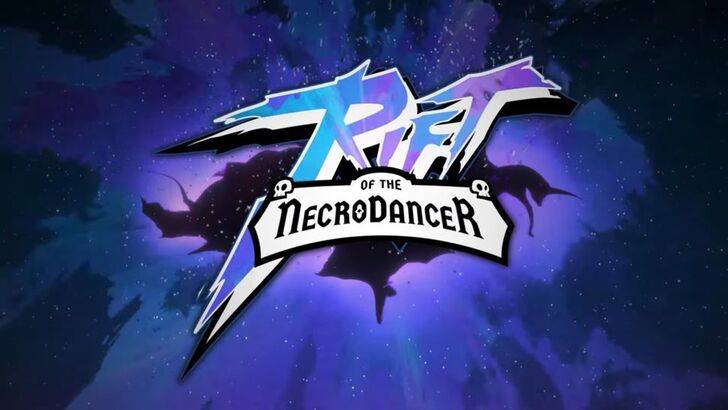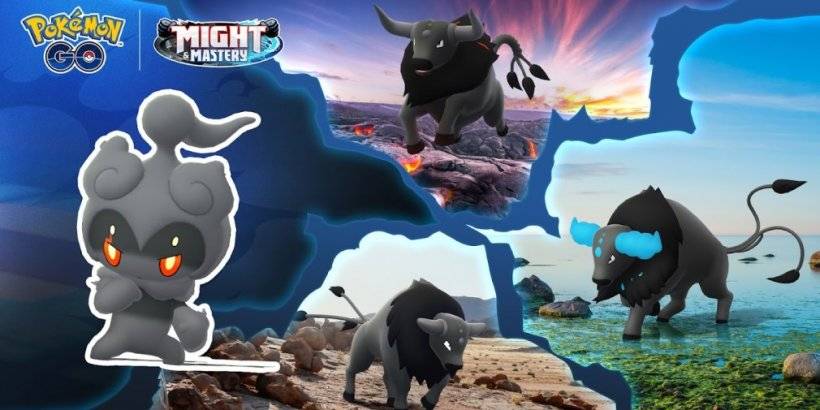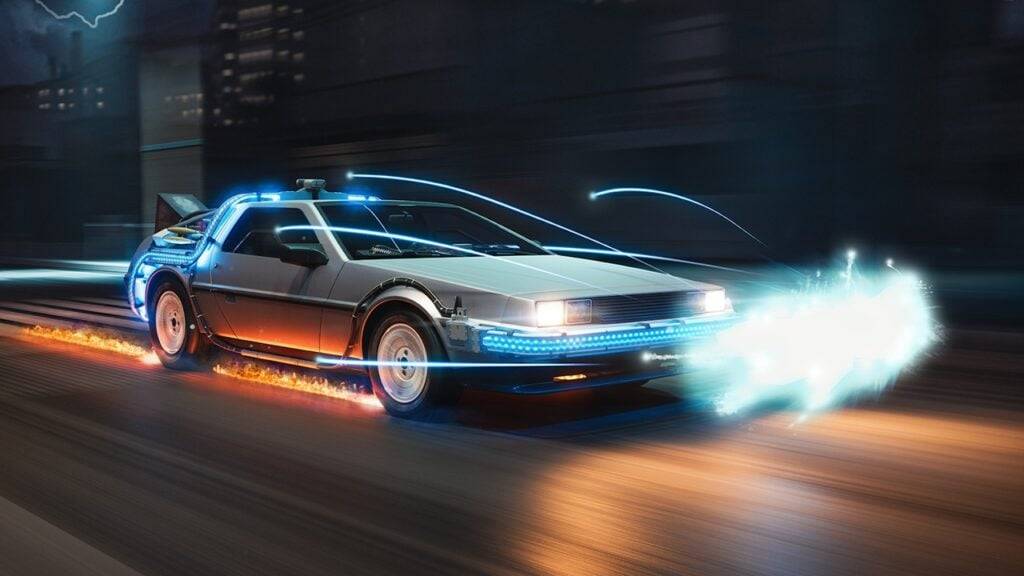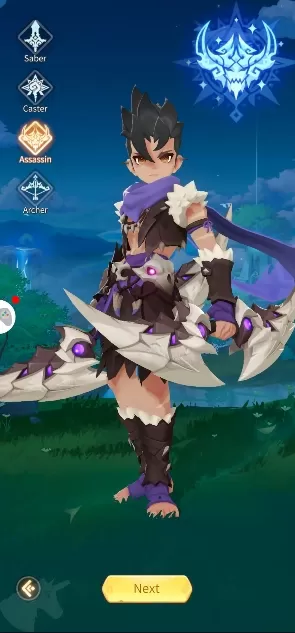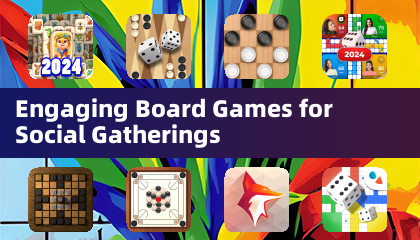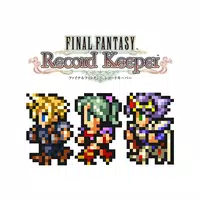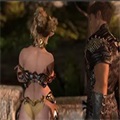The early days of Will Wright's iconic life simulation games, The Sims 1 and The Sims 2, were filled with charming details, immersive mechanics, and quirky surprises that later entries left behind. From deeply personal memory systems to unique NPC interactions, these lost features helped define the magic of the originals. As the series evolved, many of these beloved elements faded into obscurity. In this article, we'll take a nostalgic journey back to the forgotten gems of these first two games — features that fans still miss and wish would make a return.
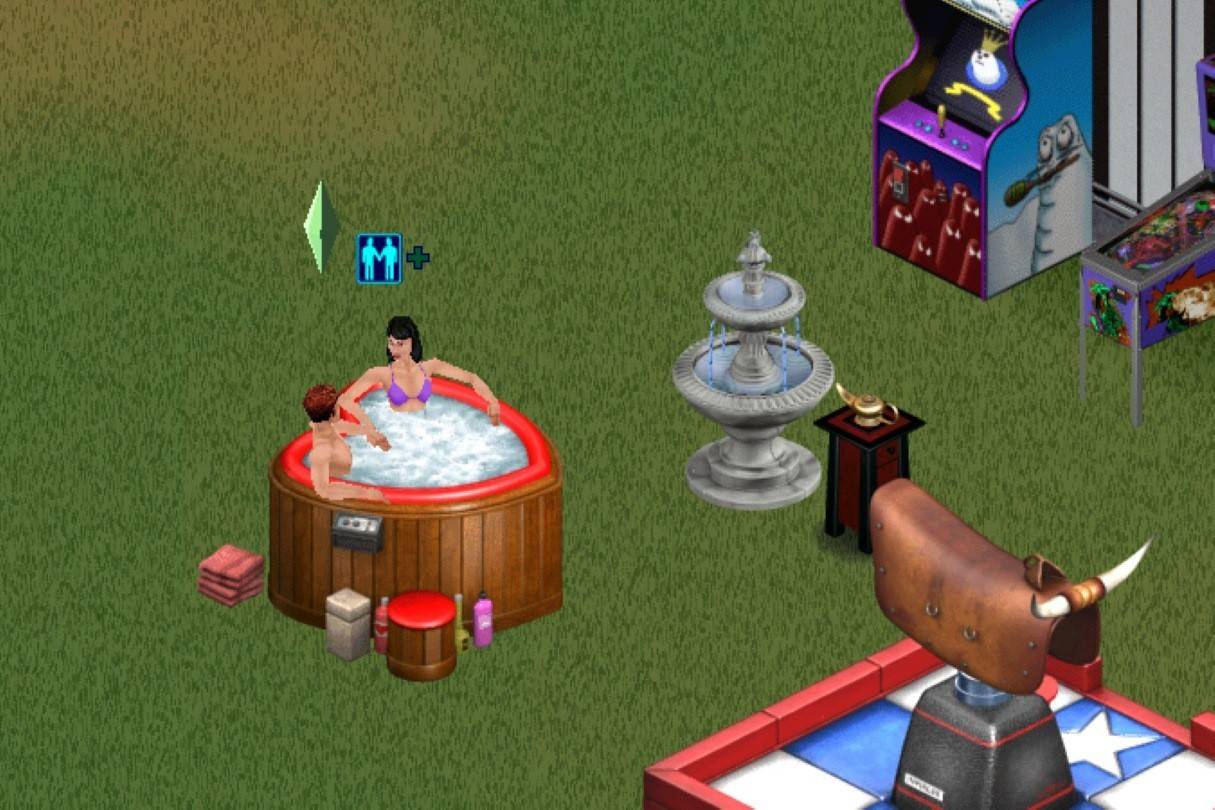 Image: ensigame.com
Image: ensigame.com
The Sims 1
Authentic Plant Care
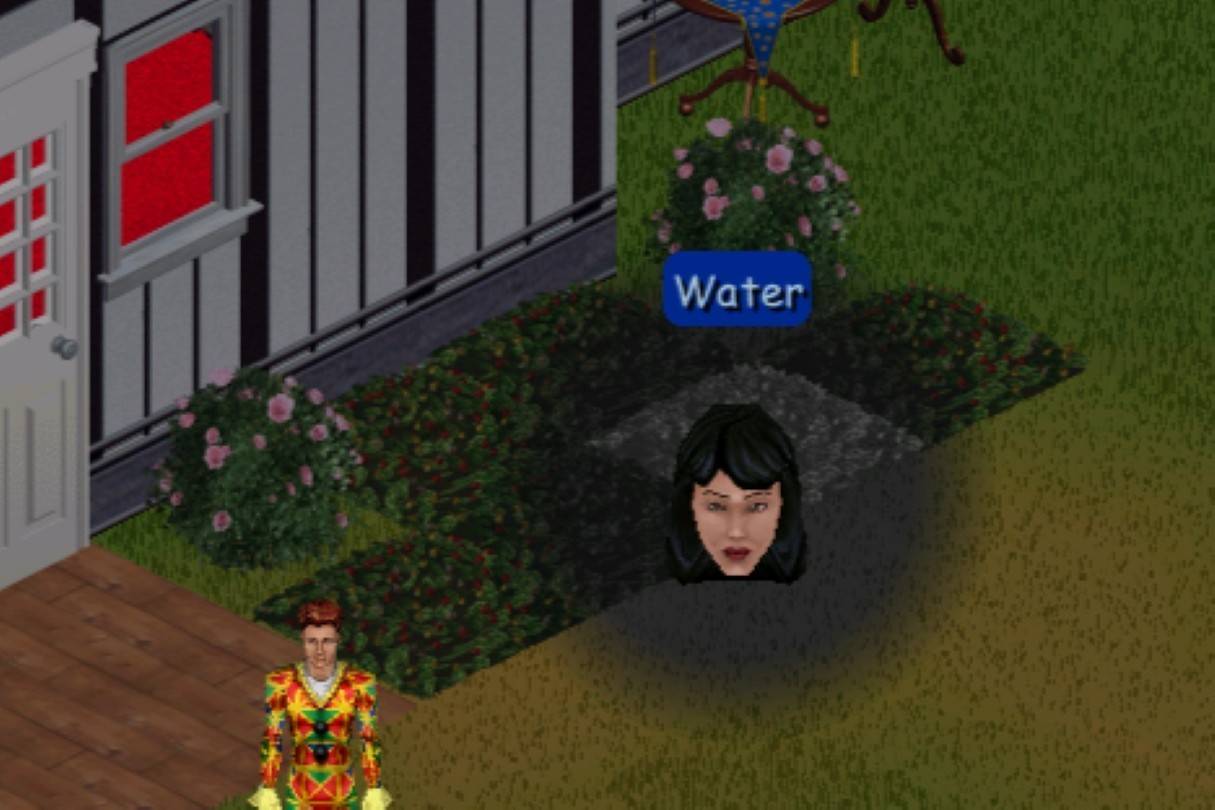 Image: ensigame.com
Image: ensigame.com
In the original game, indoor plants needed regular watering to thrive. Neglecting them led to wilting, which not only marred the home's aesthetics but also lowered the "Room" need, subtly encouraging players to maintain their living spaces.
Can’t Pay, Can’t Eat!
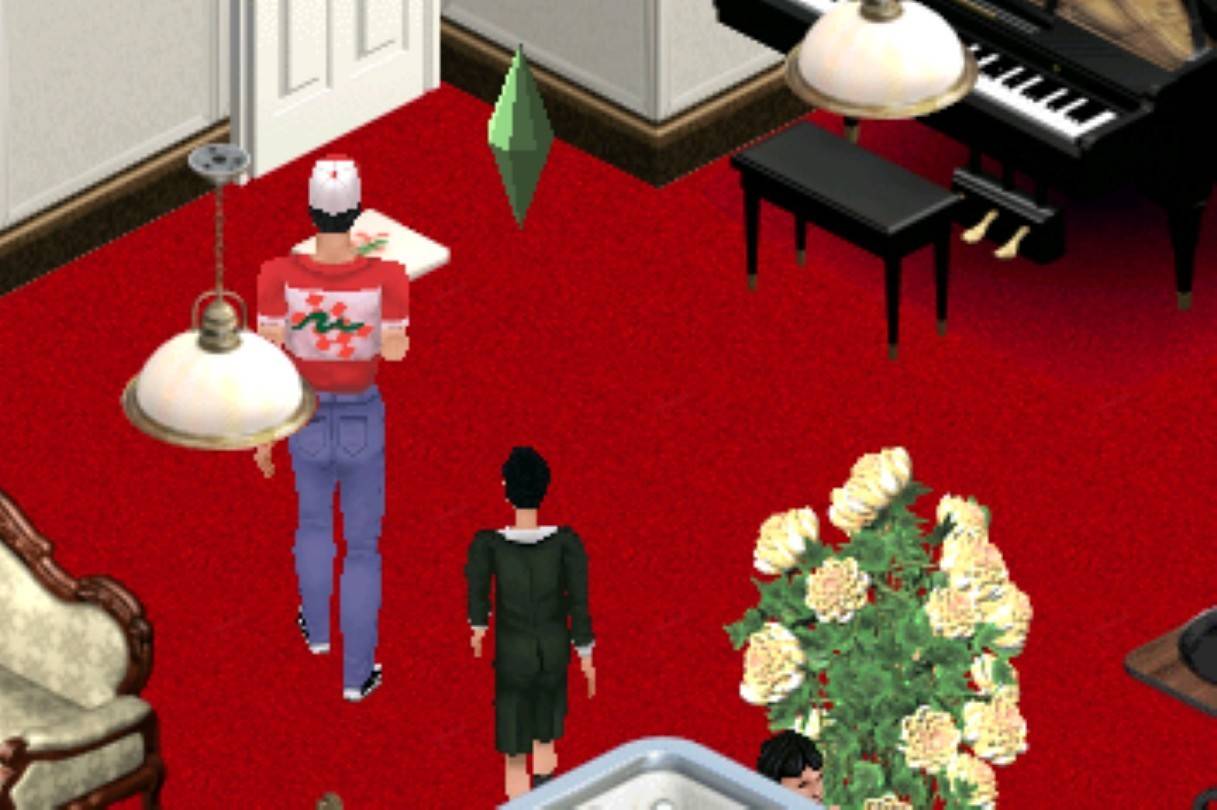 Image: ensigame.com
Image: ensigame.com
When Sims couldn't afford their pizza, Freddy, the delivery man, would show frustration and reclaim the pizza before leaving, adding a realistic touch to the game's interactions.
A Genie’s Unexpected Gift
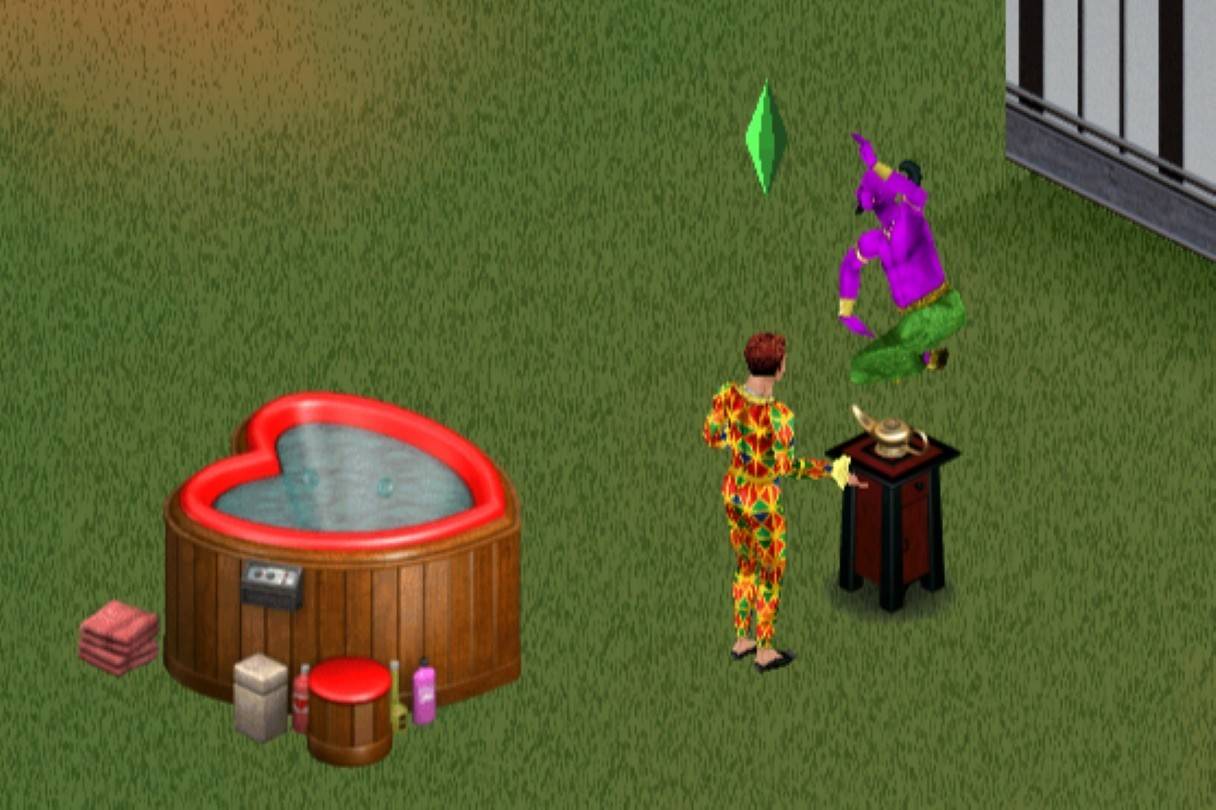 Image: ensigame.com
Image: ensigame.com
The magical genie lamp could be used once a day, offering various wishes. Choosing the "water" wish could unexpectedly reward players with a luxurious hot tub, a delightful surprise that added a unique twist to gameplay, especially in challenges like rags-to-riches.
The School of Hard Knocks
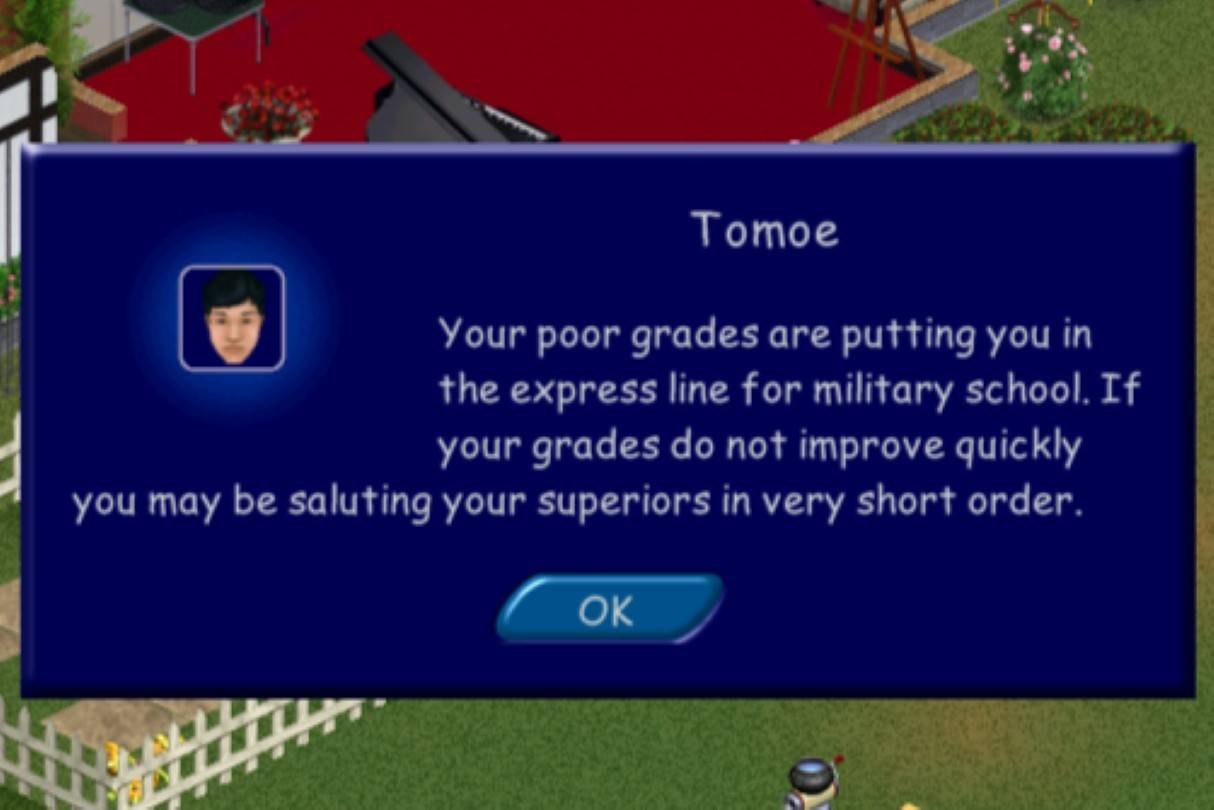
Education significantly impacted Sims' lives. High-achieving students received monetary gifts from grandparents, while those with poor grades faced the harsh consequence of being sent to military school, never to return.
Realistic WooHoo
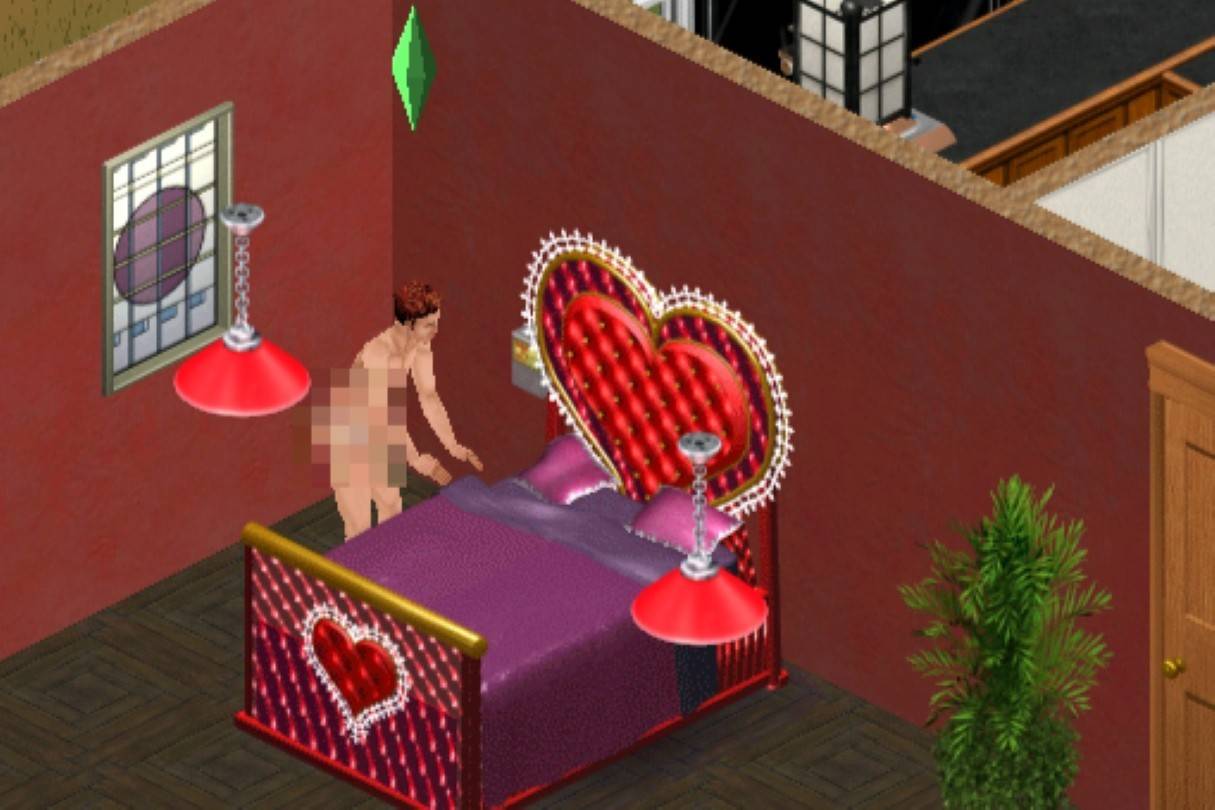 Image: ensigame.com
Image: ensigame.com
WooHoo was depicted with a surprising level of realism. Sims undressed before the act, and afterward, their reactions varied from crying and cheering to showing signs of disgust, reflecting a range of emotions.
Fine Dining
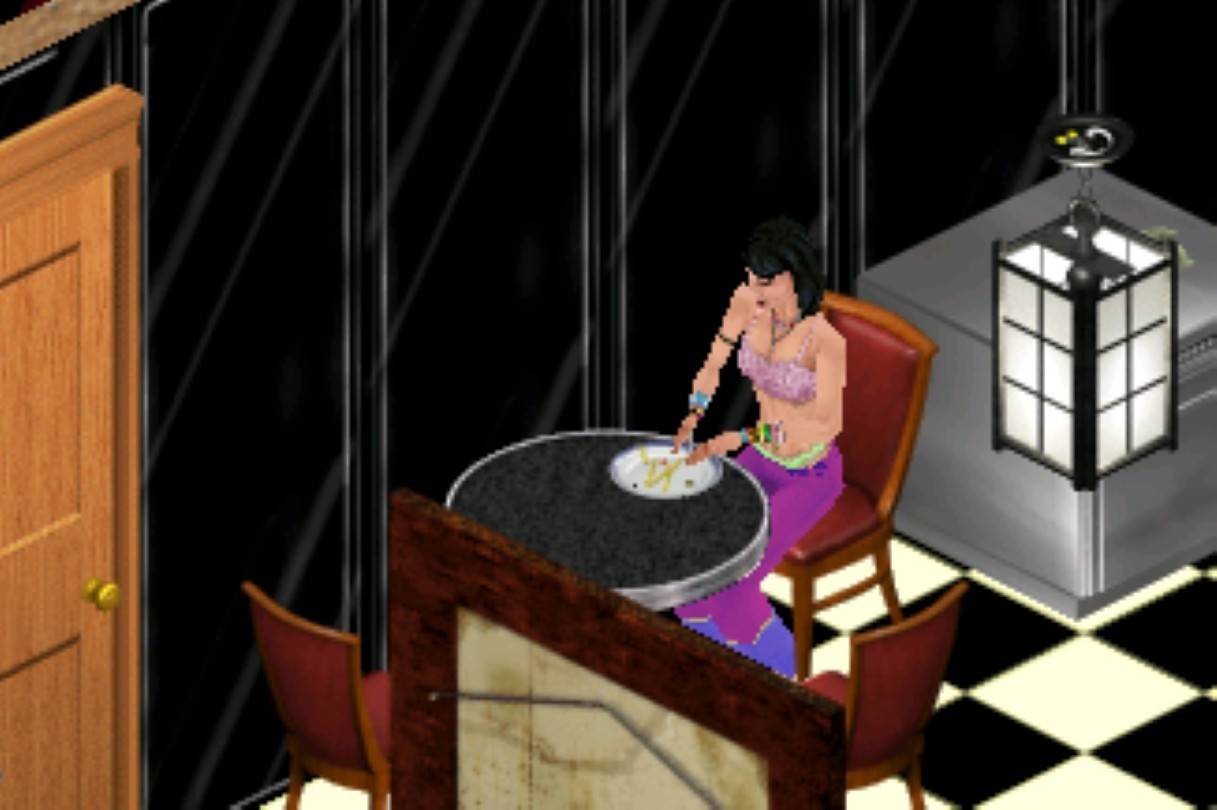 Image: ensigame.com
Image: ensigame.com
Sims used both a knife and a fork while eating, showcasing a level of sophistication that players fondly remember, unlike the simplified animations of later games.
Thrills and Spills
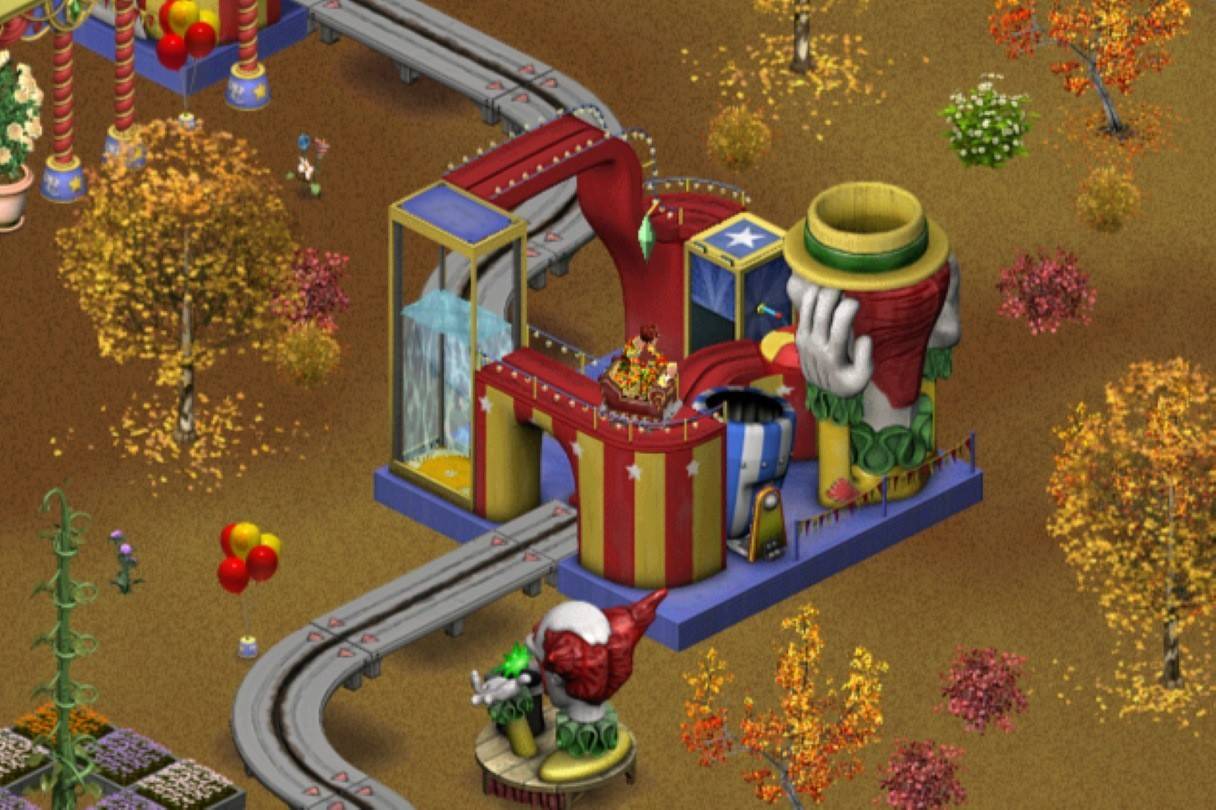 Image: ensigame.com
Image: ensigame.com
In The Sims: Makin’ Magic, roller coasters provided exciting entertainment. Magic Town featured two themed rides, and players could build their own on community lots, adding high-speed thrills to their Sims' world.
The Price of Fame
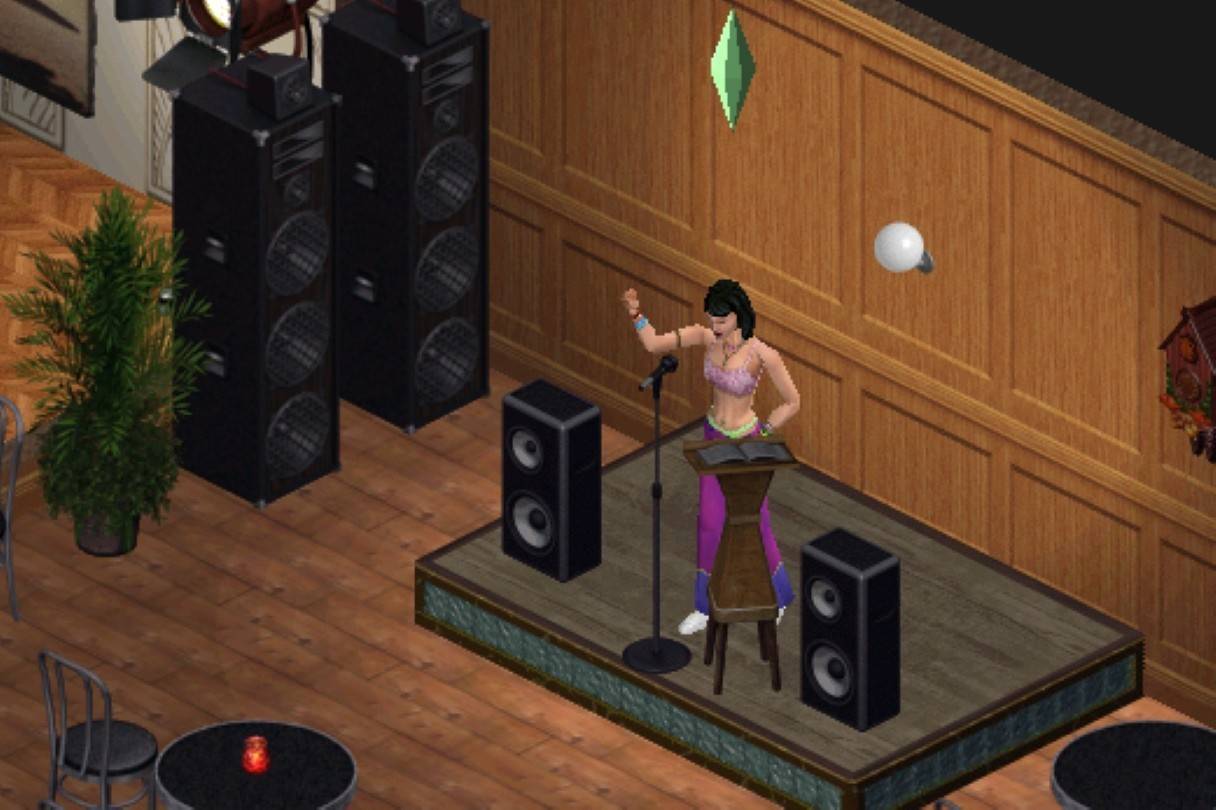 Image: ensigame.com
Image: ensigame.com
In The Sims: Superstar, Sims pursued stardom through the SimCity Talent Agency. Fame was measured by a five-star Star Power system, where success in performances boosted rankings, while poor performances or neglect could lead to fading fame and being dropped by the agency.
Spellcasting in Makin’ Magic
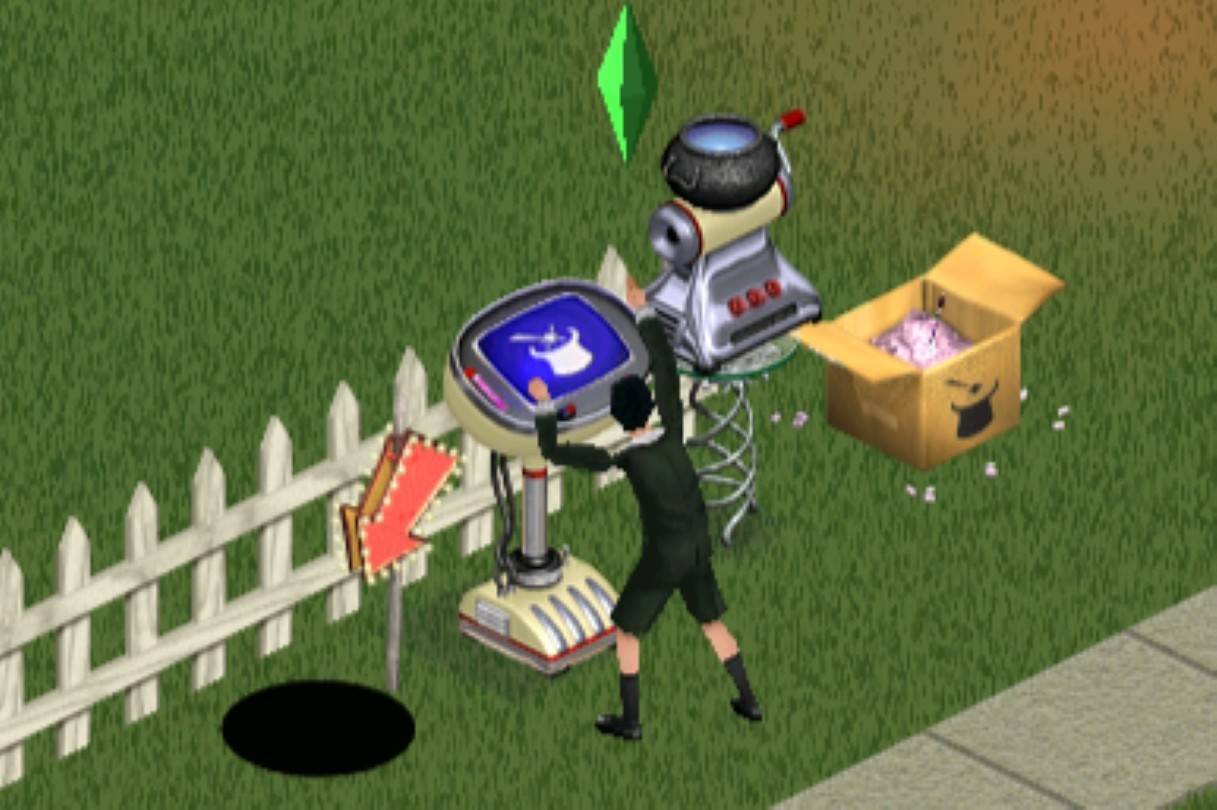 Image: ensigame.com
Image: ensigame.com
The Sims: Makin’ Magic introduced a spellcasting system where Sims crafted spells using specific ingredients. The Start Here Spellbook documented recipes, and children could become spellcasters, a unique feature not seen in later entries.
Singing Under the Stars
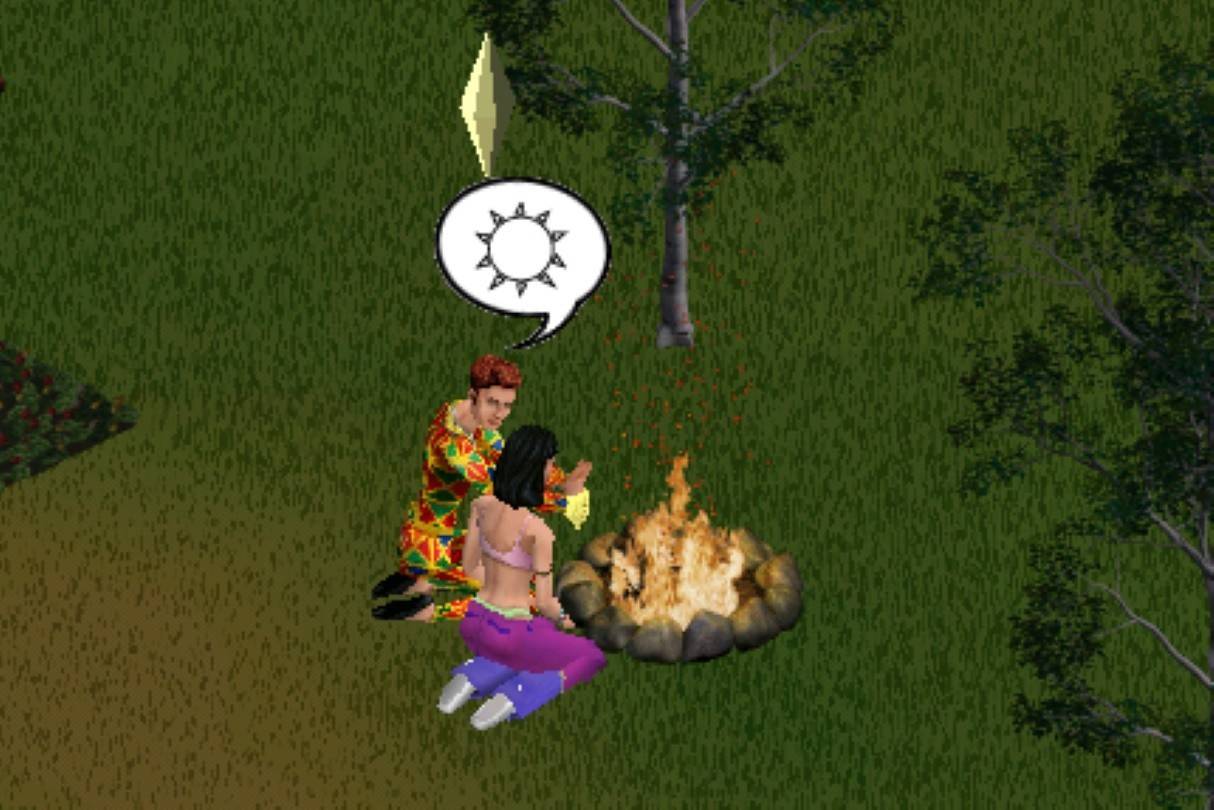 Image: ensigame.com
Image: ensigame.com
Sims could sing folk songs around a campfire, choosing from three melodies. These singalongs added a charming social element, enhancing the outdoor experience.
The Sims 2
Running a Business
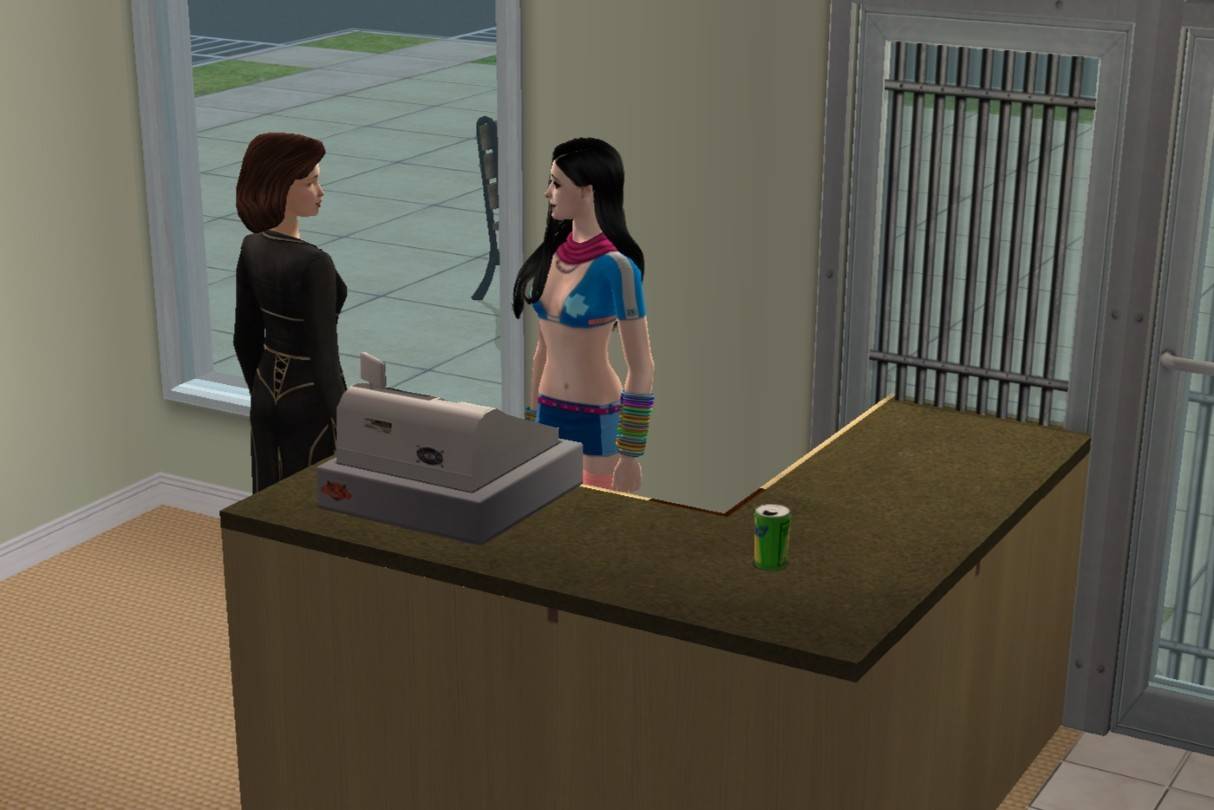 Image: ensigame.com
Image: ensigame.com
For the first time, Sims could become entrepreneurs, opening businesses from their home or a dedicated venue. From fashion boutiques to restaurants, Sims could hire employees and rise to become moguls, provided they kept their staff motivated.
Higher Education, Higher Rewards
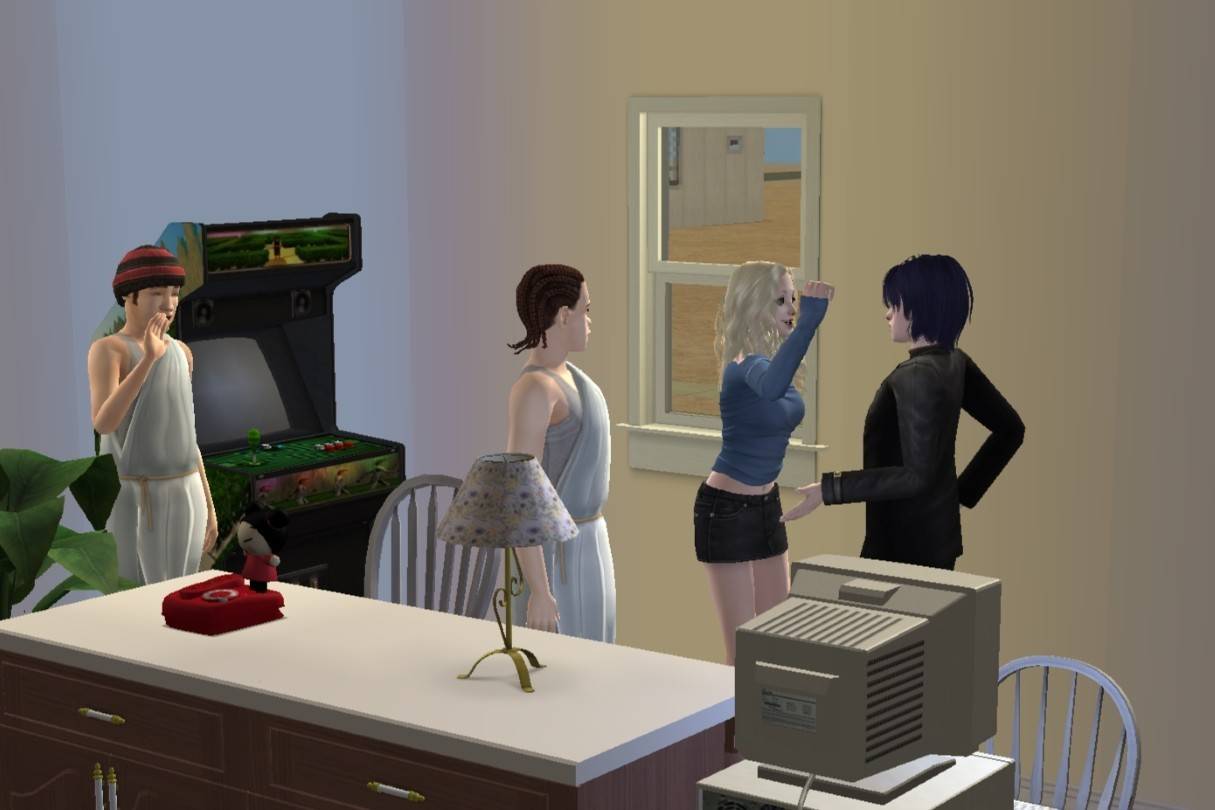 Image: ensigame.com
Image: ensigame.com
With The Sims 2: University, teens could transition to young adulthood by enrolling in college, choosing from ten majors and balancing academics and social life. Graduation unlocked advanced career opportunities, emphasizing the value of higher education.
Nightlife
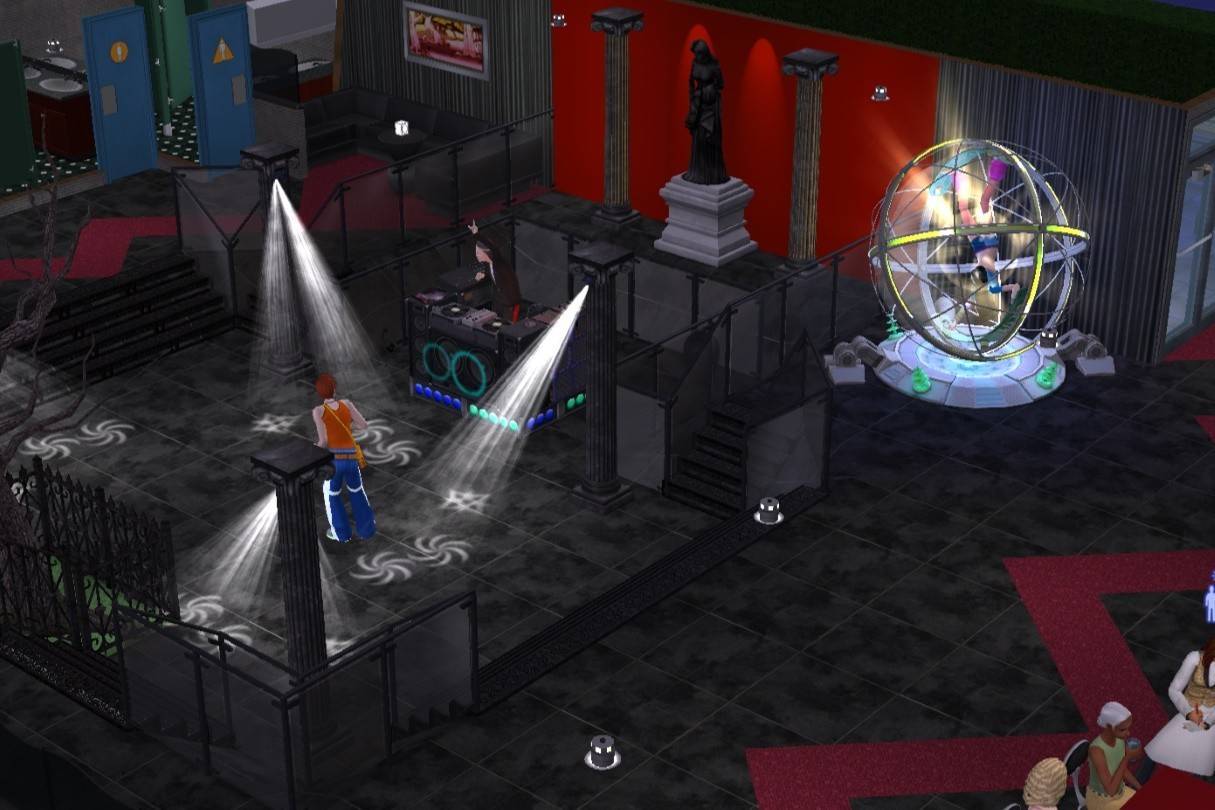 Image: ensigame.com
Image: ensigame.com
This expansion introduced inventories, new social interactions, and over 125 objects. Romantic pursuits became more dynamic, and new characters like DJs and vampires added depth to the social scene.
The Excitement of Apartment Life
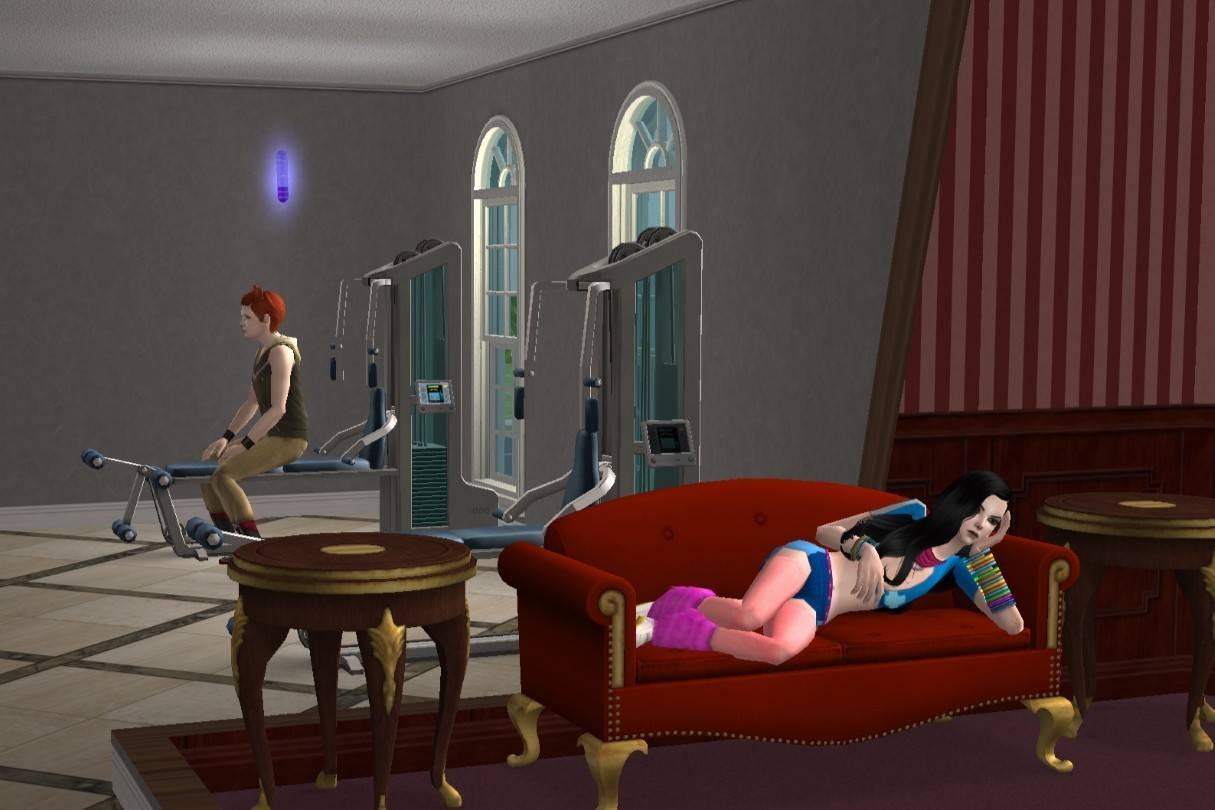 Image: ensigame.com
Image: ensigame.com
Apartment Life introduced urban living, allowing Sims to move into apartment buildings and experience new friendships, career connections, and romance. From trendy lofts to luxurious apartments with personal butlers, this expansion brought city life to the game.
Memories That Last, Love That Doesn’t
 Image: ensigame.com
Image: ensigame.com
The Sims 2's memory system allowed Sims to remember major life events, shaping their personalities and interactions. Unrequited relationships added realism and drama, with Sims experiencing deep emotions that could go unreciprocated.
Functional Clocks
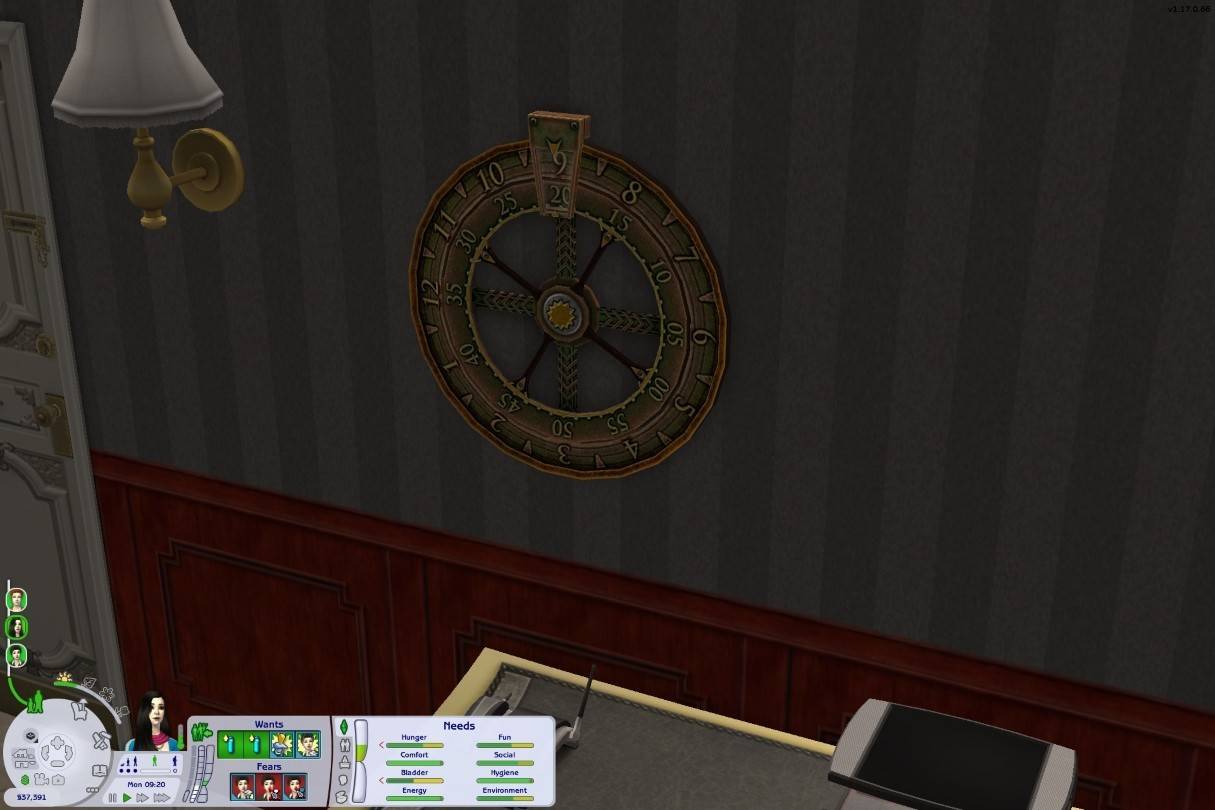 Image: ensigame.com
Image: ensigame.com
Clocks in The Sims 2 displayed the actual in-game time, providing a practical tool for players to track hours without relying solely on the interface.
Shop ‘Til You Drop
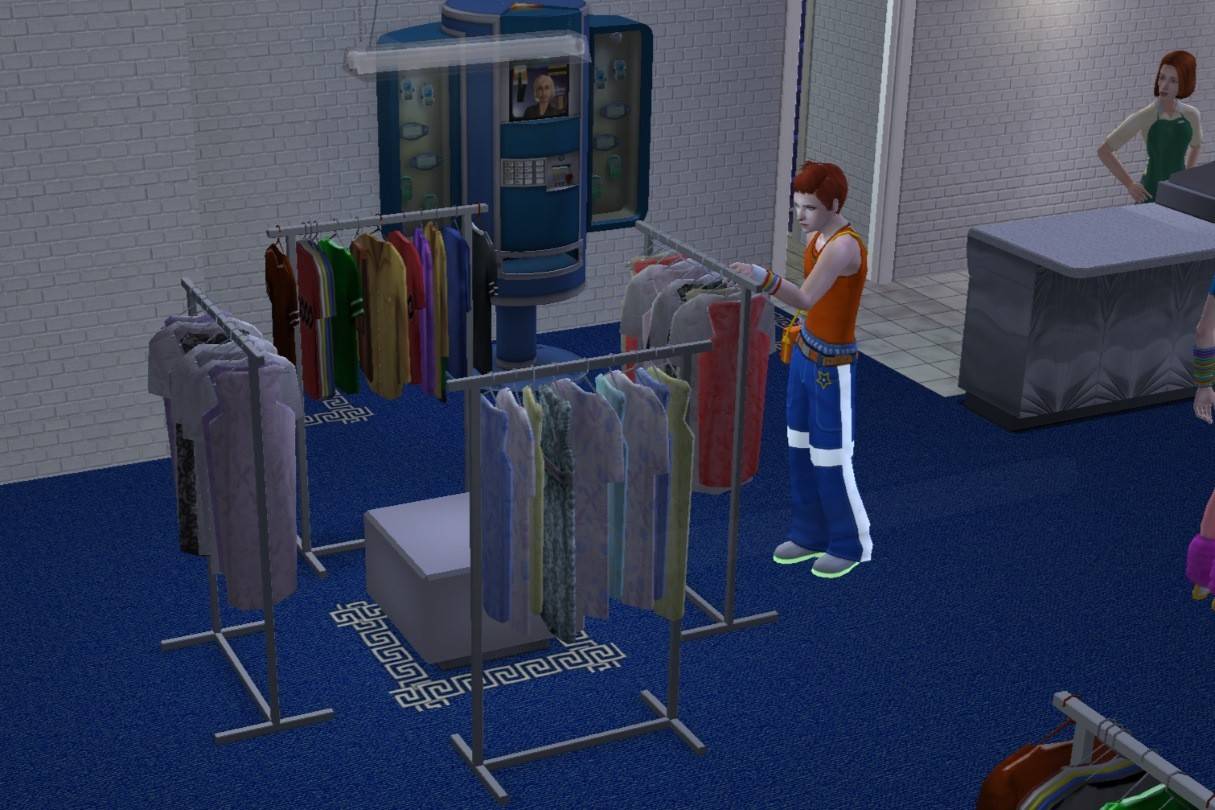 Image: ensigame.com
Image: ensigame.com
Unlike later games, The Sims 2 required Sims to shop for food and clothing. Refrigerators didn't magically stay stocked, and newly aged-up Sims needed to buy new outfits, adding a layer of realism to daily life.
Unique NPCs
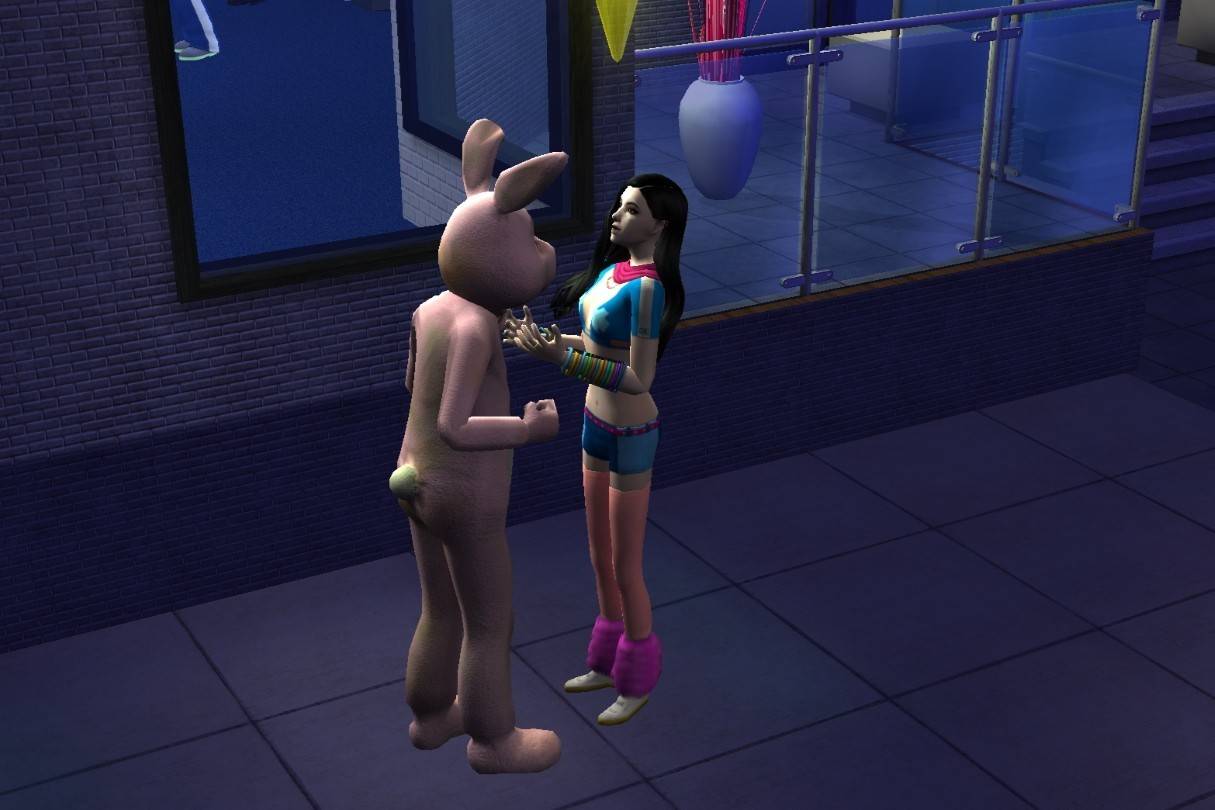 Image: ensigame.com
Image: ensigame.com
The Social Bunny appeared when a Sim's social needs plummeted, offering companionship. The Therapist intervened during breakdowns, providing unique NPC interactions that enriched the game.
Unlocking Hobbies
 Image: ensigame.com
Image: ensigame.com
With FreeTime, Sims could pursue hobbies like football, car restoration, and ballet, fostering skill-building, friendships, and personal fulfillment. Excelling in hobbies unlocked secret rewards and exclusive career opportunities.
A Helping Hand
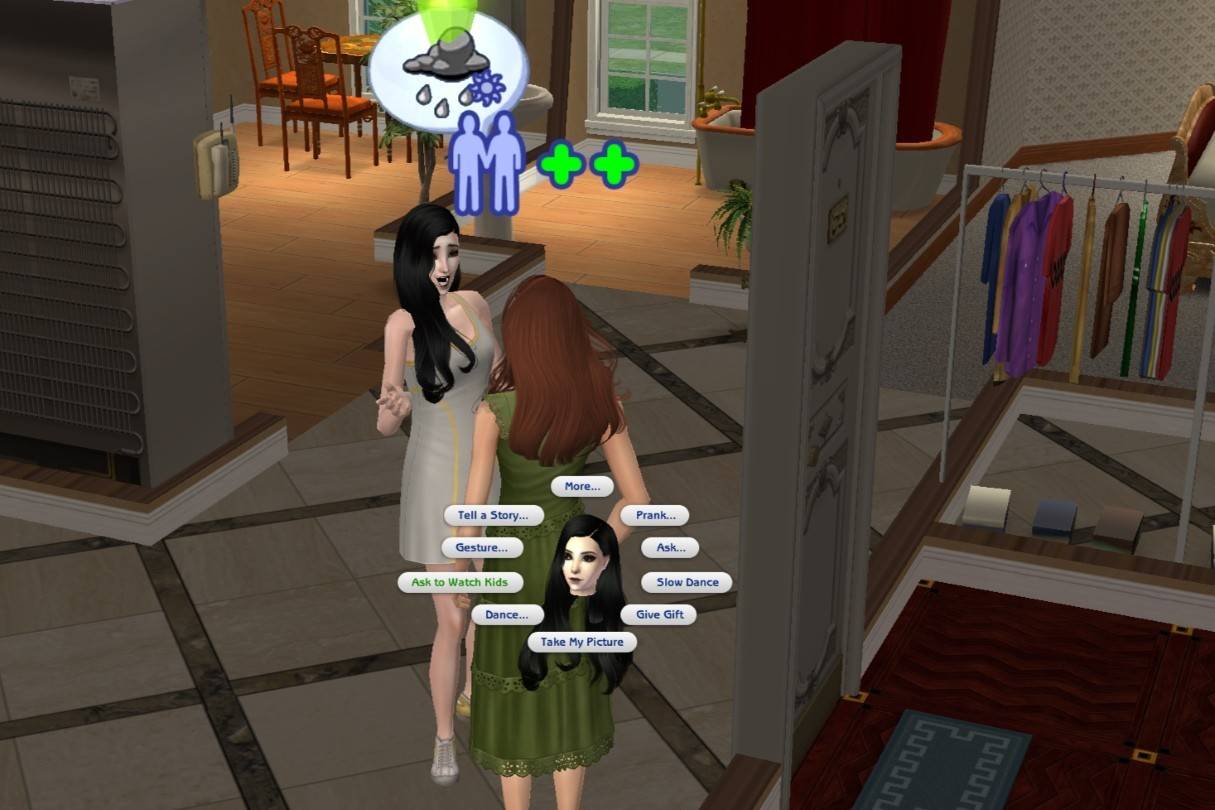 Image: ensigame.com
Image: ensigame.com
Sims could ask neighbors to help with childcare if they had a strong relationship, offering a personal alternative to hiring a nanny.
The Sims 1 and 2 were groundbreaking in their depth, creativity, and the wealth of unique features they introduced. While we may never see all these features return, they remain a nostalgic reminder of the unique experiences that made the Sims franchise so special in its early days.

 Image: ensigame.com
Image: ensigame.com Image: ensigame.com
Image: ensigame.com Image: ensigame.com
Image: ensigame.com Image: ensigame.com
Image: ensigame.com
 Image: ensigame.com
Image: ensigame.com Image: ensigame.com
Image: ensigame.com Image: ensigame.com
Image: ensigame.com Image: ensigame.com
Image: ensigame.com Image: ensigame.com
Image: ensigame.com Image: ensigame.com
Image: ensigame.com Image: ensigame.com
Image: ensigame.com Image: ensigame.com
Image: ensigame.com Image: ensigame.com
Image: ensigame.com Image: ensigame.com
Image: ensigame.com Image: ensigame.com
Image: ensigame.com Image: ensigame.com
Image: ensigame.com Image: ensigame.com
Image: ensigame.com Image: ensigame.com
Image: ensigame.com Image: ensigame.com
Image: ensigame.com Image: ensigame.com
Image: ensigame.com LATEST ARTICLES
LATEST ARTICLES 